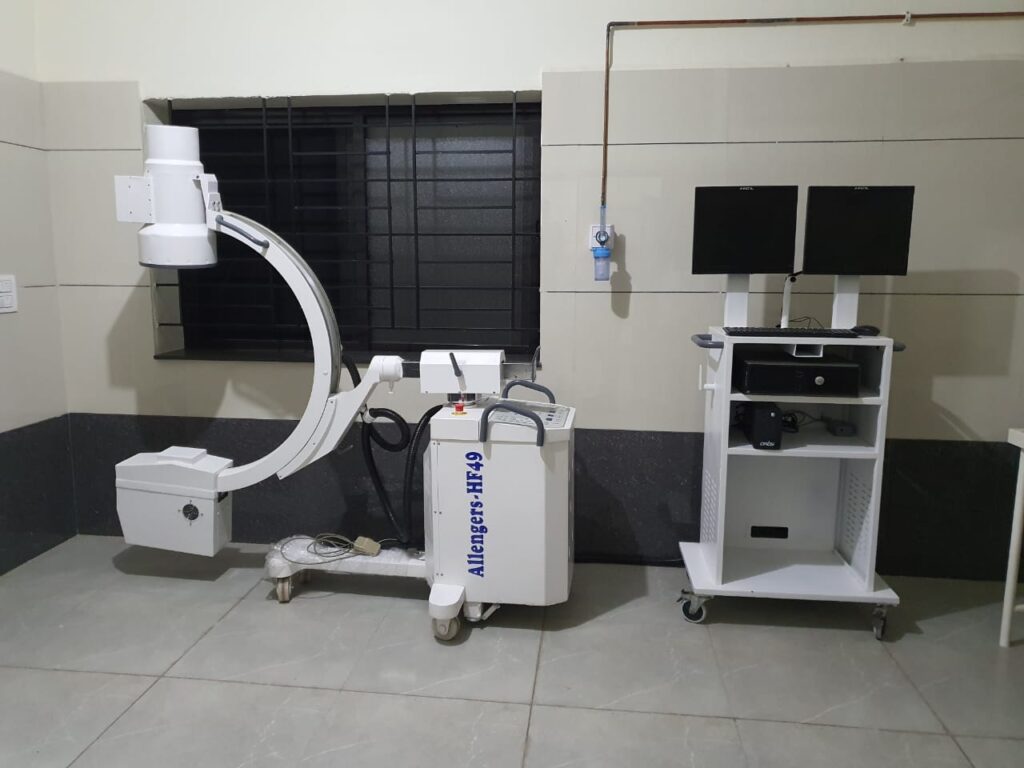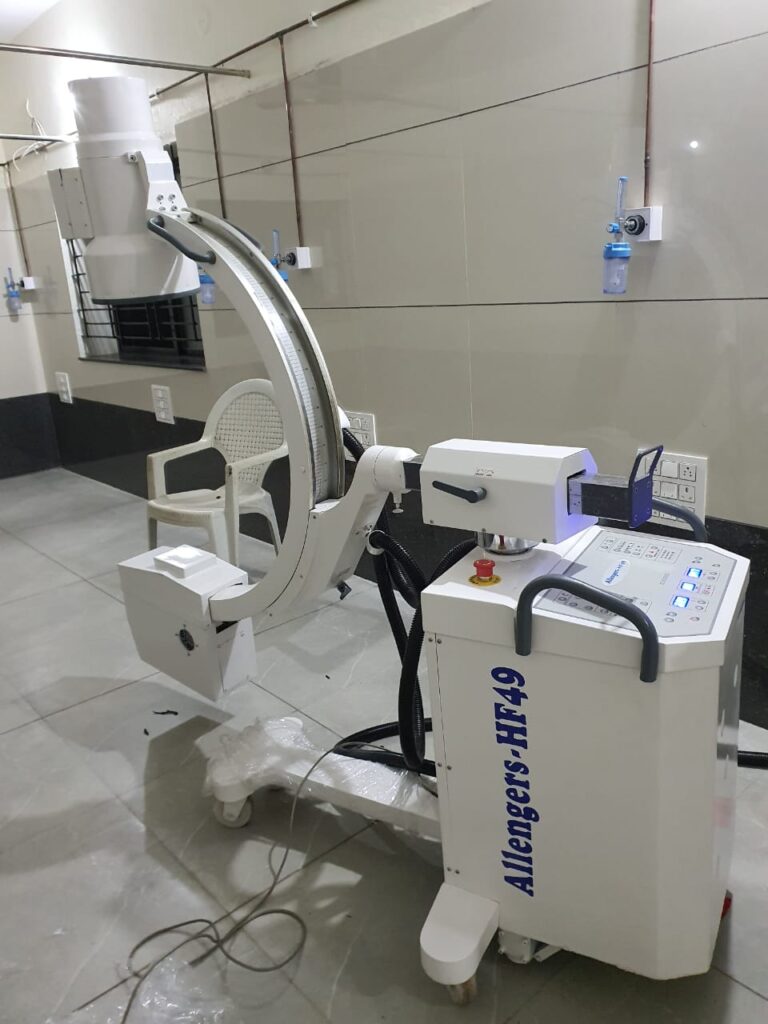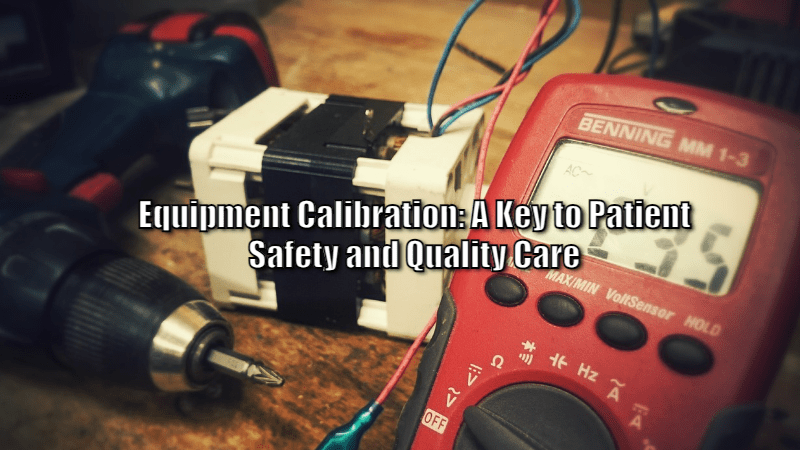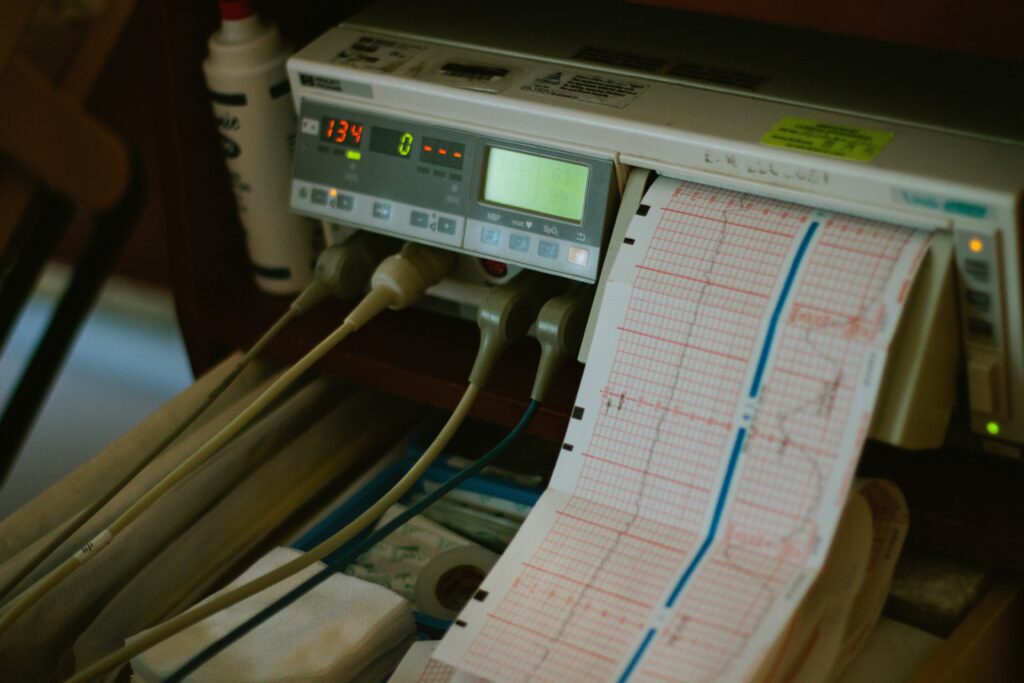Healthcare System in India
India, with its vast population and diverse healthcare needs, has a healthcare system that faces numerous challenges. While the country has made significant progress in improving access to healthcare services, there are still many areas that require attention and improvement.
The Current State of Healthcare in India
India’s healthcare system is a mix of public and private healthcare providers. The public sector includes government-funded hospitals and clinics, while the private sector consists of privately owned hospitals, clinics, and healthcare facilities. The quality and accessibility of healthcare services can vary significantly between urban and rural areas.
One of the major challenges in the Indian healthcare system is the lack of adequate infrastructure and resources. Many rural areas lack proper healthcare facilities, leading to limited access to quality healthcare services. This disparity in healthcare infrastructure between urban and rural areas is a significant barrier to healthcare delivery.
Government Initiatives
The Indian government has taken several initiatives to improve healthcare access and quality across the country. The National Health Mission (NHM) is one such initiative that aims to provide accessible, affordable, and quality healthcare to all citizens. Under this mission, various programs have been implemented, including the establishment of primary health centers, immunization drives, and the provision of free essential drugs.
The government has also launched the Ayushman Bharat scheme, which aims to provide health insurance coverage to over 500 million people. This scheme not only provides financial protection against healthcare expenses but also focuses on strengthening primary healthcare services.
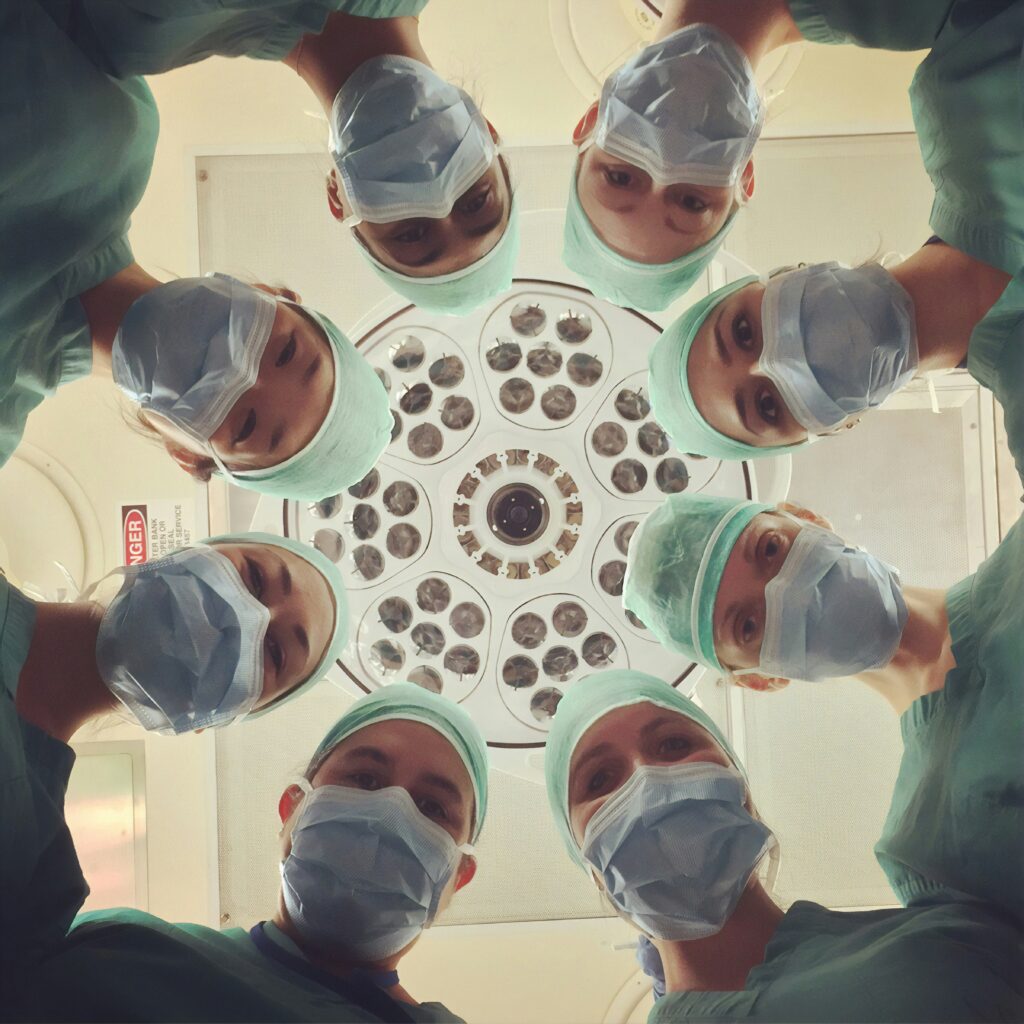
Private Healthcare Sector
The private healthcare sector in India plays a significant role in providing healthcare services, especially in urban areas. Private hospitals and clinics often offer advanced medical technology and specialized treatments. However, the cost of healthcare in the private sector can be high, making it inaccessible for many people, especially those from lower-income groups.
Medical tourism is another aspect of the private healthcare sector in India. The country has become a popular destination for medical tourists seeking affordable and quality healthcare services. This has contributed to the growth of the private healthcare sector and has also helped generate revenue for the country.
Challenges and Future Outlook
While India has made progress in improving healthcare access and quality, there are still several challenges that need to be addressed. One of the major challenges is the shortage of healthcare professionals, including doctors, nurses, and paramedical staff. This shortage affects the quality of healthcare services and increases the burden on existing healthcare providers.
Another challenge is the rising burden of non-communicable diseases such as diabetes, cardiovascular diseases, and cancer. These diseases require long-term management and specialized care, putting additional pressure on the healthcare system.
Looking ahead, there is a need for increased investment in healthcare infrastructure, especially in rural areas. This includes the establishment of more primary health centers, improvement of medical facilities, and better transportation networks for medical emergencies.
Furthermore, there is a need for increased awareness and education regarding preventive healthcare measures. Promoting healthy lifestyles and regular health check-ups can help reduce the burden of diseases and improve overall health outcomes.
Conclusion
The healthcare system in India faces numerous challenges, but efforts are being made to improve access and quality of healthcare services. Government initiatives and private sector involvement play a crucial role in addressing these challenges. However, there is still a long way to go in achieving universal healthcare coverage and ensuring equitable access to healthcare services for all citizens.
Healthcare System in India Read More »









